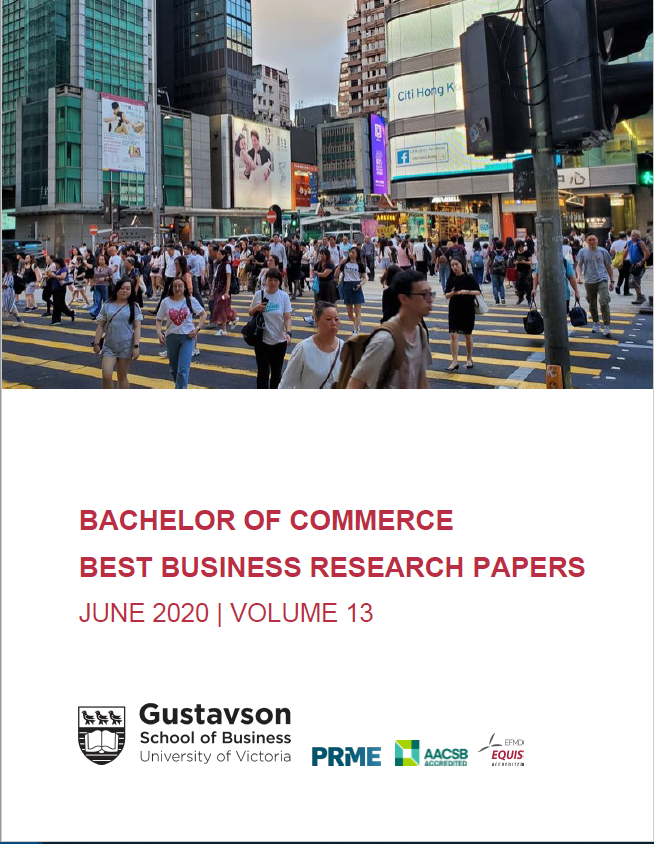China’s Rise to the World Stage: How China’s Manufacturing Industry is Adapting in the Face of Failure and the Implications of change for multinational enterprises
Abstract
For decades, China has been the world’s exporter of cheap goods, with a market that is dependent on the business of developed economies. The central idea of this paper argues that China’s manufacturing industry has outgrown its comparative advantage in cheap manufacturing, as variable cost drivers increase with time. This has occurred through a rise in education, wage expectation, and environmental regulation, which are all correlated results of a growing industry and economy. The imposing pressure of these factors have created stress for multinational enterprises and the domestic Chinese economy alike. It is argued that the manufacturing industry must transition to an independent innovator of highly sophisticated and technologically advanced goods. ‘Made in China 2025’, a government lead initiative to develop the manufacturing industry, is likely the solution to such a needed transition. This initiative has proven, however, to stoke U.S.-China tensions and was a significant contributor to the trade war. Regardless of how capable China may be of achieving such a transition, the fate of its standard manufacturing practices, and the implications its failure could pose on multinational enterprises, are top of mind. Through analysing an assortment of primary and secondary works, with news articles to supplement, this paper seeks to provide a conversation regarding how the manufacturing industry has grown, and where it currently stands in the midst of an ambitious transition within the context of global competition and cost feasibility.
Published
Issue
Section
License
Authors retain copyright of their work.
By submitting their article to BCOM Best Business Research Paper, the author grants the journal the rights for first publishing.
Authors are able to enter into separate, additional contractual arrangements for the non-exclusive distribution of the journal's published version of the work (e.g., post it to an institutional repository or publish it in a book), with an acknowledgement of its initial publication in this journal.


